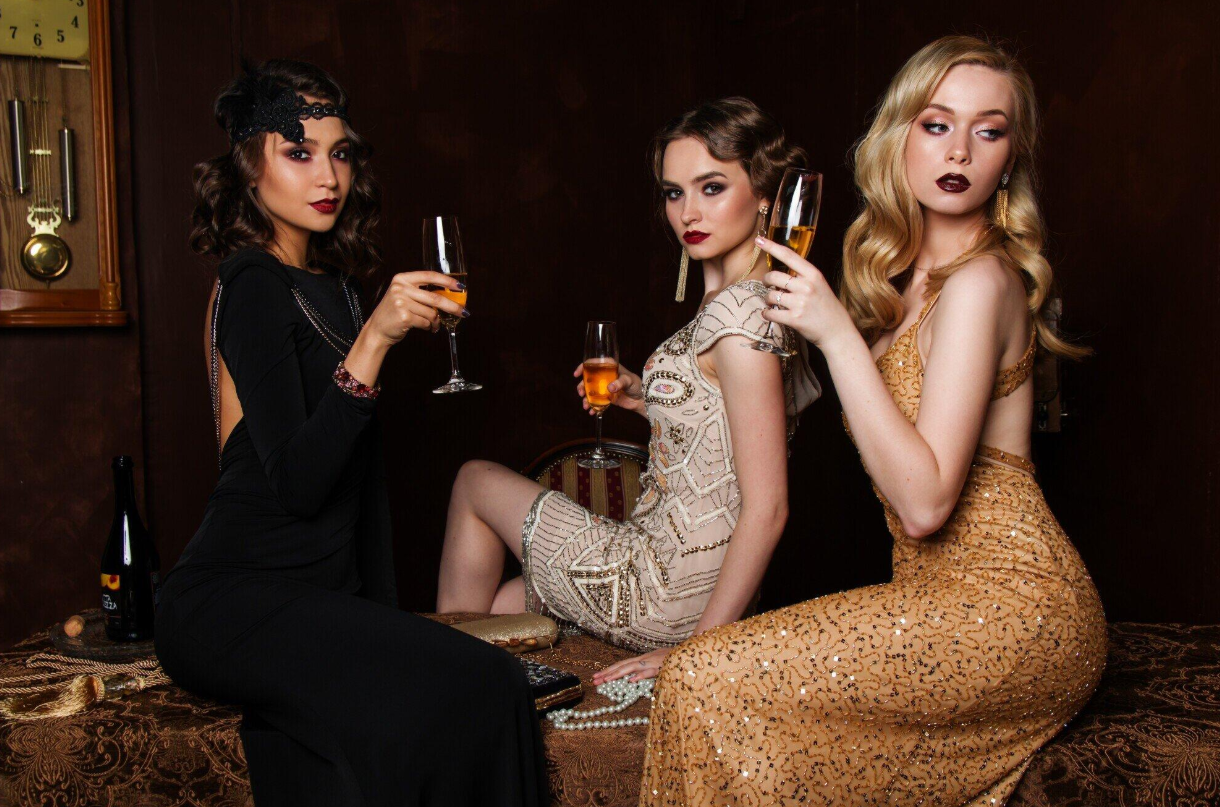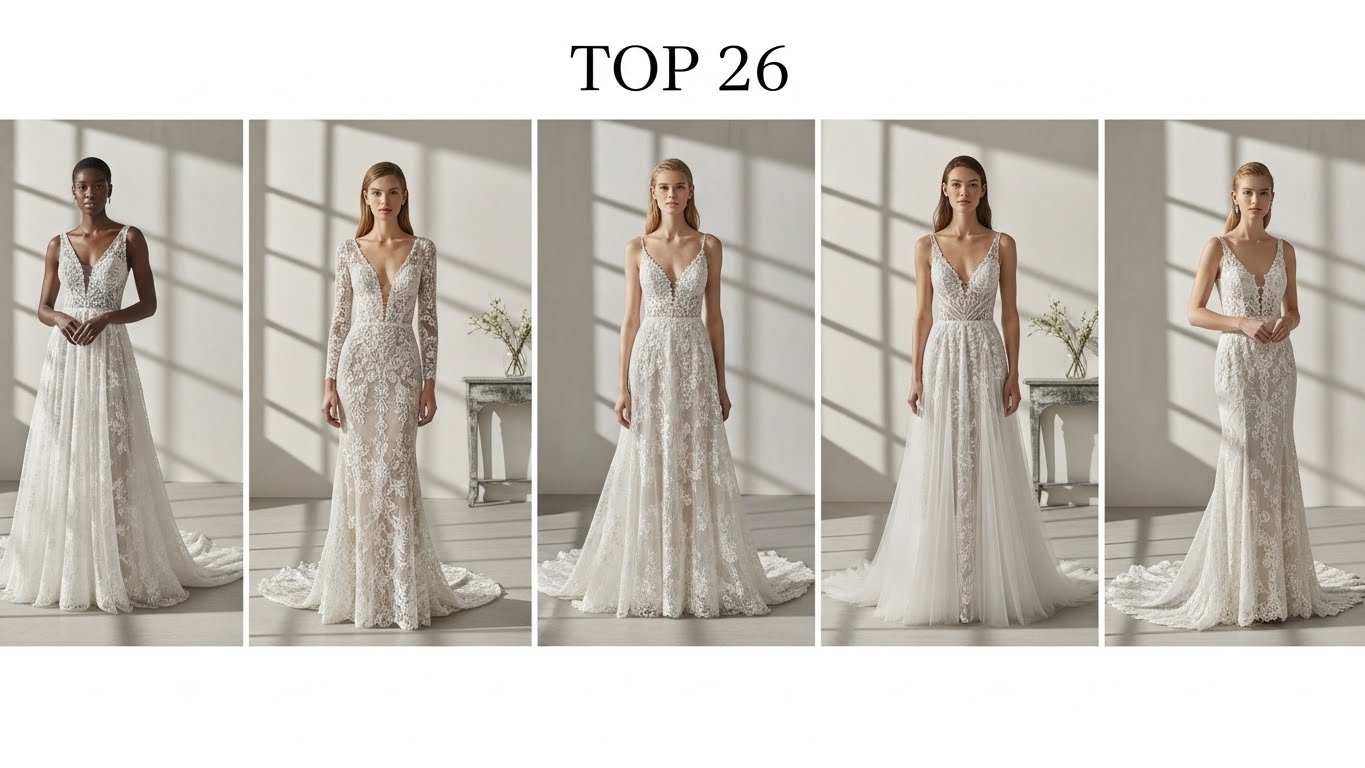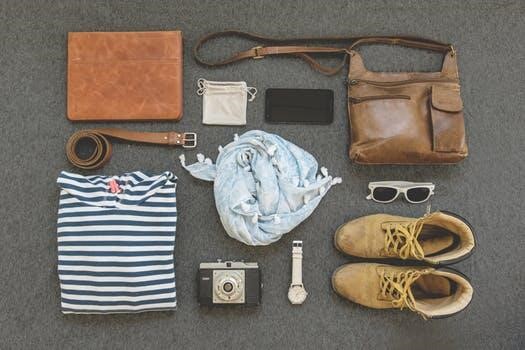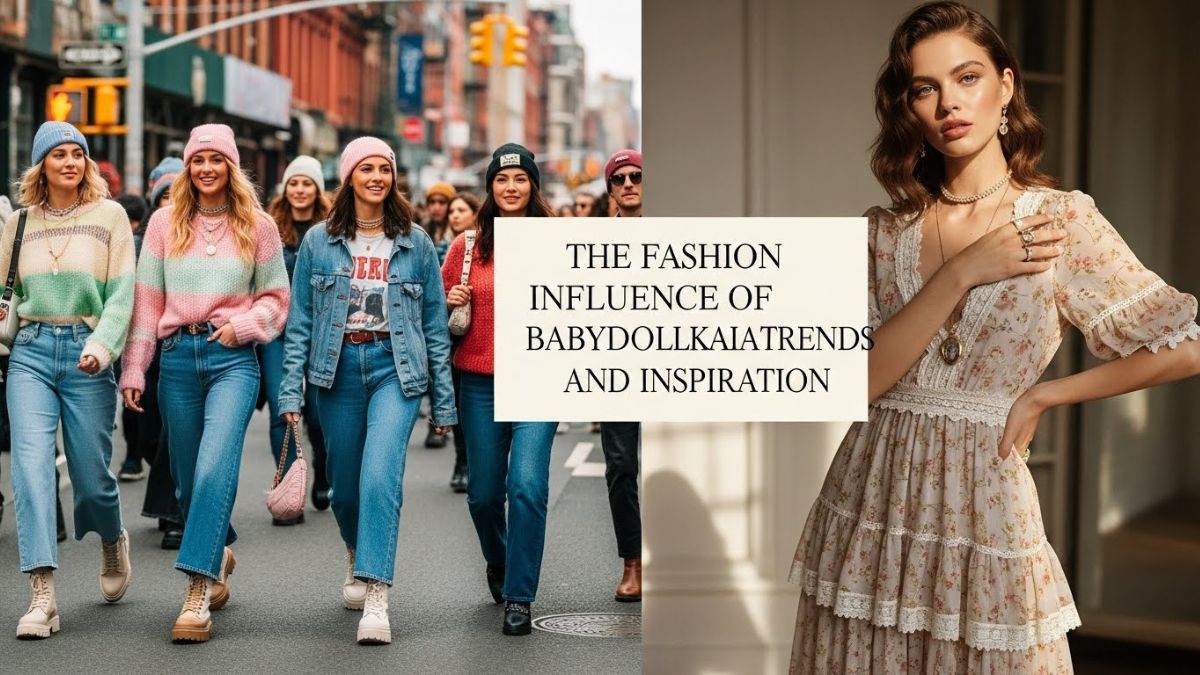In today’s world of fast-changing fashion, it can feel hard to keep up. New trends rise and fade in just weeks, leaving people chasing the latest look. Yet vintage dresses stand apart from this rush.
Each dress carries the spirit of the time it was made, from its cut and fabric to its unique patterns. Wearing one allows you to step into history while still looking stylish today. Uncover all the facts as you read ahead.
Why Vintage Dresses Still Matter
Vintage fashion lasts because it blends elegance, history, and quality. Many older dresses were made with care that is rare today. Designers paid attention to every stitch, seam, and detail.
Strong fabrics and precise tailoring often helped these last for decades. Even the embellishments, like hand-sewn beads or lace trims, speak of a time when fashion was seen as both craft and art.
Another reason vintage remains popular is sustainability. Modern “fast fashion” creates clothing at high speed and low cost, often leading to waste. By wearing vintage, you extend the life of clothing that already exists.
This choice reduces demand for new production and helps cut down on textile waste. As more people choose this path, the vintage market has grown.
What Makes Clothing Truly Vintage
Not every old dress should be called vintage. The word usually refers to garments at least twenty years old, though some use it for even older pieces. What sets them apart is their design, construction, and fabrics.
Many true vintage dresses were made with natural fibers like silk, wool, or cotton. These materials often age well when cared for properly.
The construction is also different. You may notice lined seams, tiny stitches, and fabric choices that make the dress both sturdy and graceful. These touches reveal that the piece was made to last.
Vintage styles also carry the shapes of their era. A 1950s fit-and-flare silhouette looks very different from a loose 1970s maxi dress. The prints are often one of a kind-bold florals, polka dots, or geometric patterns that no modern brand has copied exactly.
When you put these details together, you can see why vintage dresses have a special glow.
How to Wear Vintage in Modern Times
Some people worry that vintage dresses may look too much like costumes. The key is blending them with modern pieces.
For example, pairing a 1950s floral dress with a sleek leather jacket gives it a contemporary twist. A flowing 1970s maxi can be styled with modern sneakers for a casual, everyday look, especially for those who love the charm of romantic vintage cottage core outfits.
Accessories also play a big role. A vintage dress with bold modern jewelry or a trendy handbag bridges the gap between old and new. Shoes can shift the mood. Heels may make a dress look formal, while boots can add edge.
With these touches, vintage becomes fresh and versatile.
Caring for Vintage Dresses
Because vintage pieces are often delicate, they need special care. The way you store them matters. Padded hangers help dresses keep their shape, while breathable garment bags protect them from dust.
Avoid direct sunlight, which can fade fabrics over time. Cleaning should be gentle. Some dresses do best with dry cleaning, especially if made from silk or lace. Washing machines can be too rough for older pieces.
If a seam comes loose or fabric tears, it is wise to take it to a seamstress who understands vintage clothing. Proper care ensures that your dresses will last many more years and can even be passed down as heirlooms.
Where to Find Vintage Dresses
Shopping for vintage is like a treasure hunt. Local thrift stores often hold hidden gems, though it may take patience to search through racks. Estate sales are another good source, where families pass along clothing kept in excellent condition.
Consignment shops may offer more curated selections, often at higher prices but with careful quality control. Online shopping has also opened doors for vintage lovers.
Many sellers specialize in certain decades or styles. When buying online, it is important to check measurements carefully, since vintage sizing often differs from modern sizing.
Reading reviews and seller ratings can also help you make safe choices. Taking time to research a seller’s return policy can give you extra peace of mind before making a purchase.
The Cultural Value of Vintage
Wearing vintage is not only about fashion. It also connects you to history. Each dress reflects the values and moods of the time it was made.
A 1920s flapper dress tells of women seeking freedom and joy. A 1950s ball gown speaks of a society that valued elegance and tradition. A 1970s maxi dress carries the spirit of individuality and cultural change.
By choosing vintage, you honor these stories while writing your own. Every time you wear such a piece, you add a new layer of history to it. This makes vintage fashion both personal and meaningful.
Vintage as a Smart Investment
Buying vintage dresses is not only stylish but also practical. Because they are unique, well-made, and increasingly rare, they hold value. A carefully chosen vintage dress can become a centerpiece in your wardrobe for years.
It will not fade out of style the way fast fashion does. Instead, it grows more special as time passes.
In this sense, vintage is more than clothing. It is an investment in lasting beauty, in sustainable choices, and in personal expression.
It is proof that fashion can be both meaningful and timeless.
Keeping Elegance Alive
Vintage dresses show that style does not need to chase trends. With their quality fabrics, careful construction, and timeless silhouettes, they remain relevant across generations. They offer elegance that lasts and stories that continue to inspire.
Whether you fall in love with romantic cottagecore looks or structured pieces from the golden age of fashion, vintage allows you to carry a piece of the past into the present. More than clothes, they are reminders that true elegance never fades.
Don’t stop here. Explore our blog for more expert advice and ideas!











